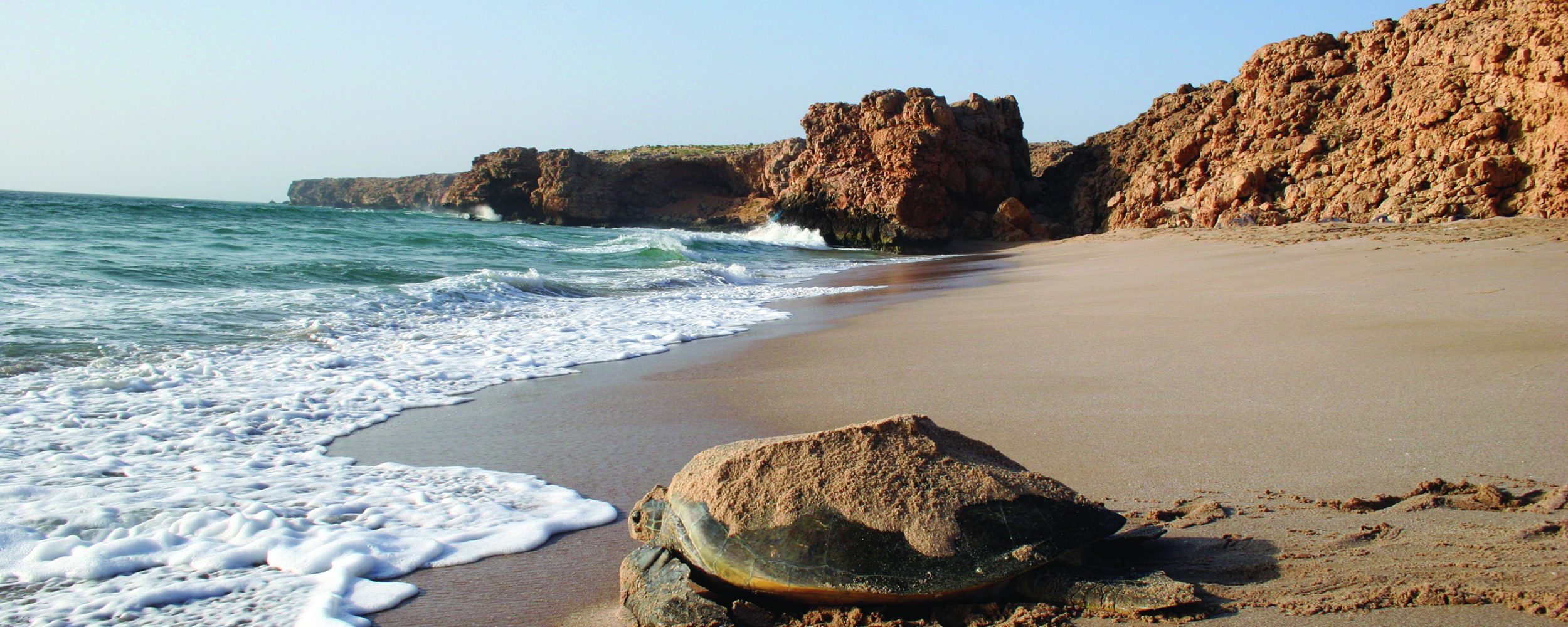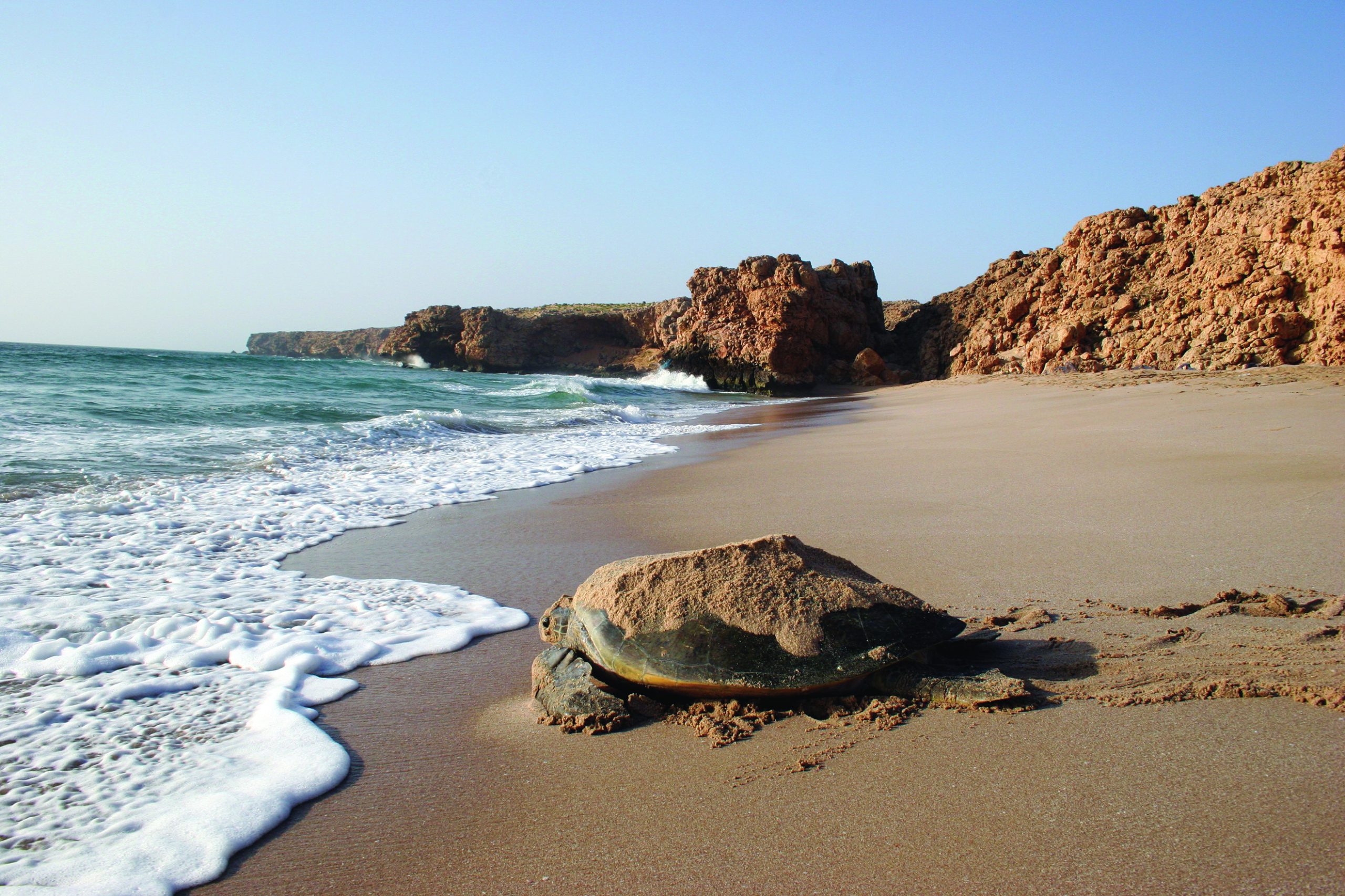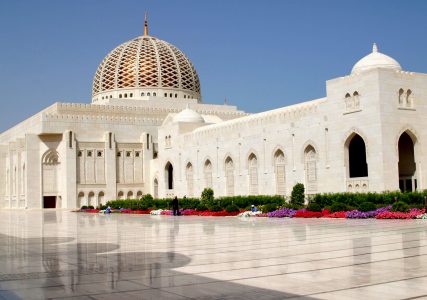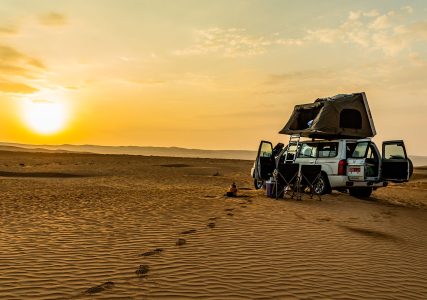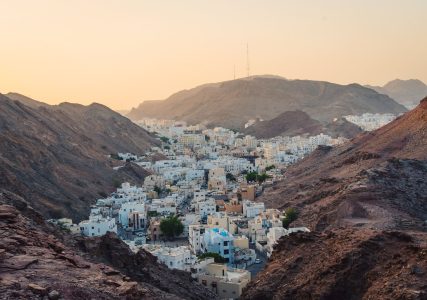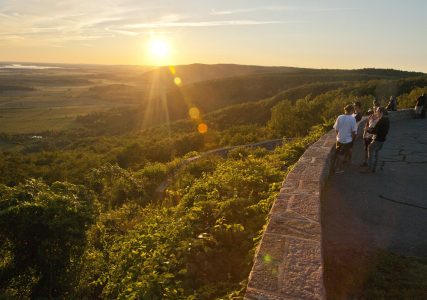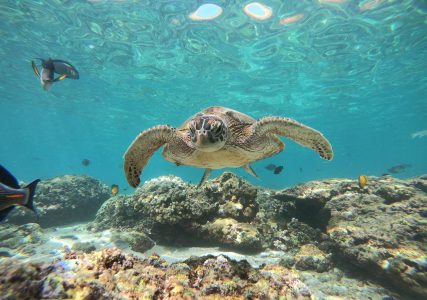Oman, which in the southeastern part of the Middle East (Arabia) is full of surprises. Although many travelers think of the beautiful desert landscapes, it is precisely Oman that offers lush and green landscapes. There's a lot more travelers don't know about the Sultanate… And so these seven surprising facts about Oman.
1. Five UNESCO World Heritage Sites
Oman has five sites that have been declared World Heritage Sites by UNESCO. To start with the Bahla Fort, which lies at the foot of the Jebel Achdar Mountains. In this impressively large fortress you will find towers, mosques and wells. Followed by the archaeological sites of Bat, Al Khutm and Al Ayn. Al Aflaj's irrigation system, which can be found all over the country, is also a World Heritage Site. By means of a concrete or earthen gutter of about 40-50 cm wide, this system ensures that every (mountain) village is supplied with water from the mountains.
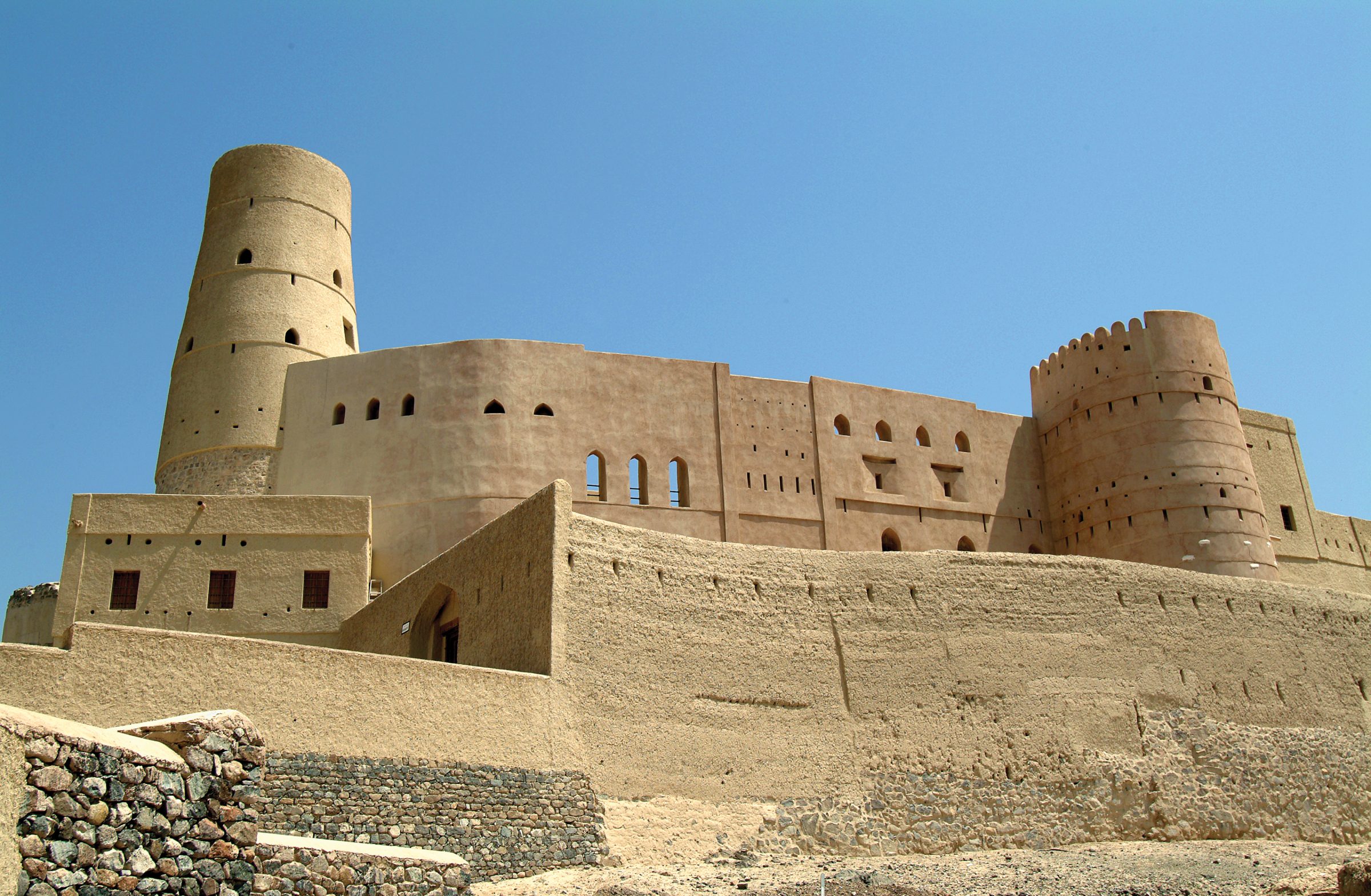
The ancient city of Qalhat deserves a special mention on the list. This place was an important trading city between the 11th and 15th centuries, due to its excellent location on the Indian Ocean. And finally the 'Land of Incense'. This refers to a beautiful area in the Dhofar region of southern Oman, where in the Wadi Dawkah Natural Park you can spot the beautiful frankincense trees, visit the caravan oasis of Shisr/Wubar and find the ports of Khor Rori and Al Baleed.
2. Coffee is the national drink
Coffee is called “kahwa” in Arabic and in Oman, kahwa refers to an elaborate ceremony that represents Oman hospitality. Kahwa is not just a cup of coffee, but coffee served with dates, fruit, sweets and pastries. The kahwa drink is a unique blend of Arabic coffee, which is often mixed with cardamom.
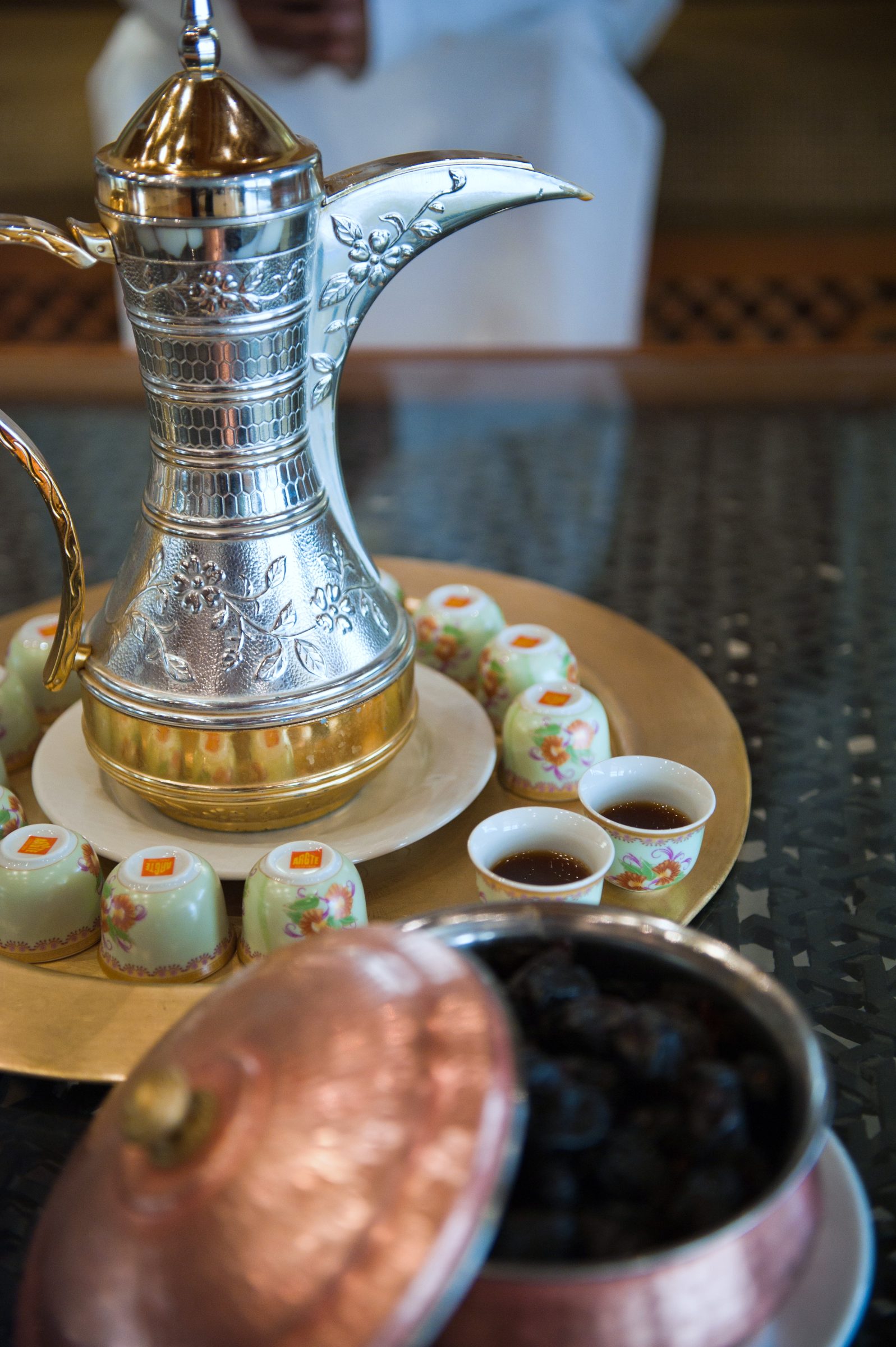
Omanis drink it several times a day, offer it to guests and send freshly brewed coffee pots to their neighbors. As a traveler, you can't leave Oman without a good bowl of Kahwa!
3. Turtles Migrate to Omani Beaches
The green turtle is an endangered species and therefore rare to see. But at Ras Al Jinz, in the Al Sharqiya region, you'll find one of the few green turtle sanctuaries. This is where the turtles migrate to lay eggs on the beaches.
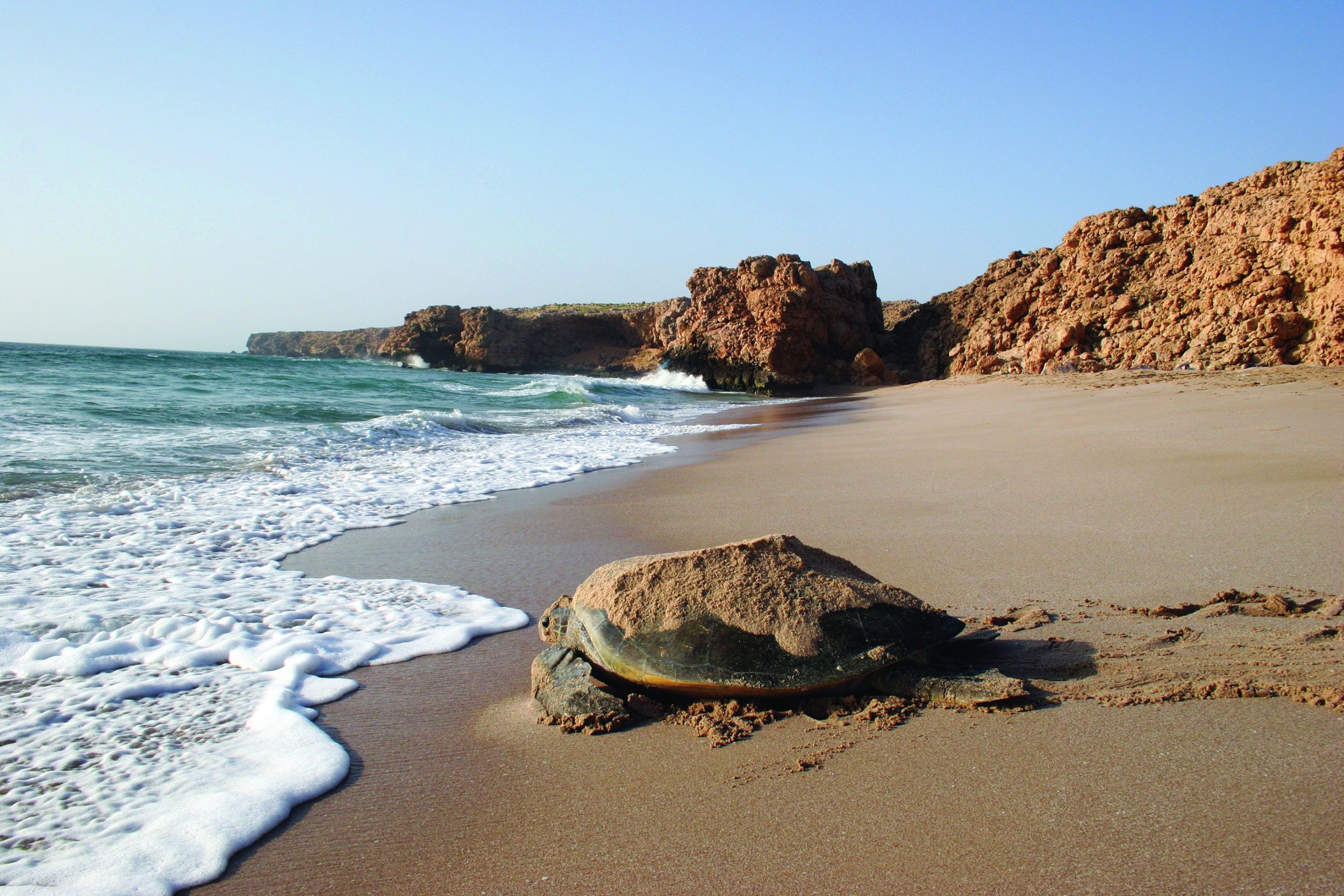
Special tours are organized where travelers can witness this special event at a safe distance from the turtles. These tours take place very early in the morning or very late in the evening. And if you are lucky as a traveler, you will see the baby turtles come out of the egg and carefully make the journey over the beach to the sea. Ready for the adventure of a lifetime!
Also read: Oman | Dive into the intriguing underwater world
4. Omani doors are often beautifully decorated
Omani architecture is unique in design and structure – the many Omani fortresses, castles, buildings, palaces, and even houses are prime examples. Almost every Omani home has a decorated door. By strolling the Omani streets in local villages you can fully enjoy the architecture of the Sultanate.
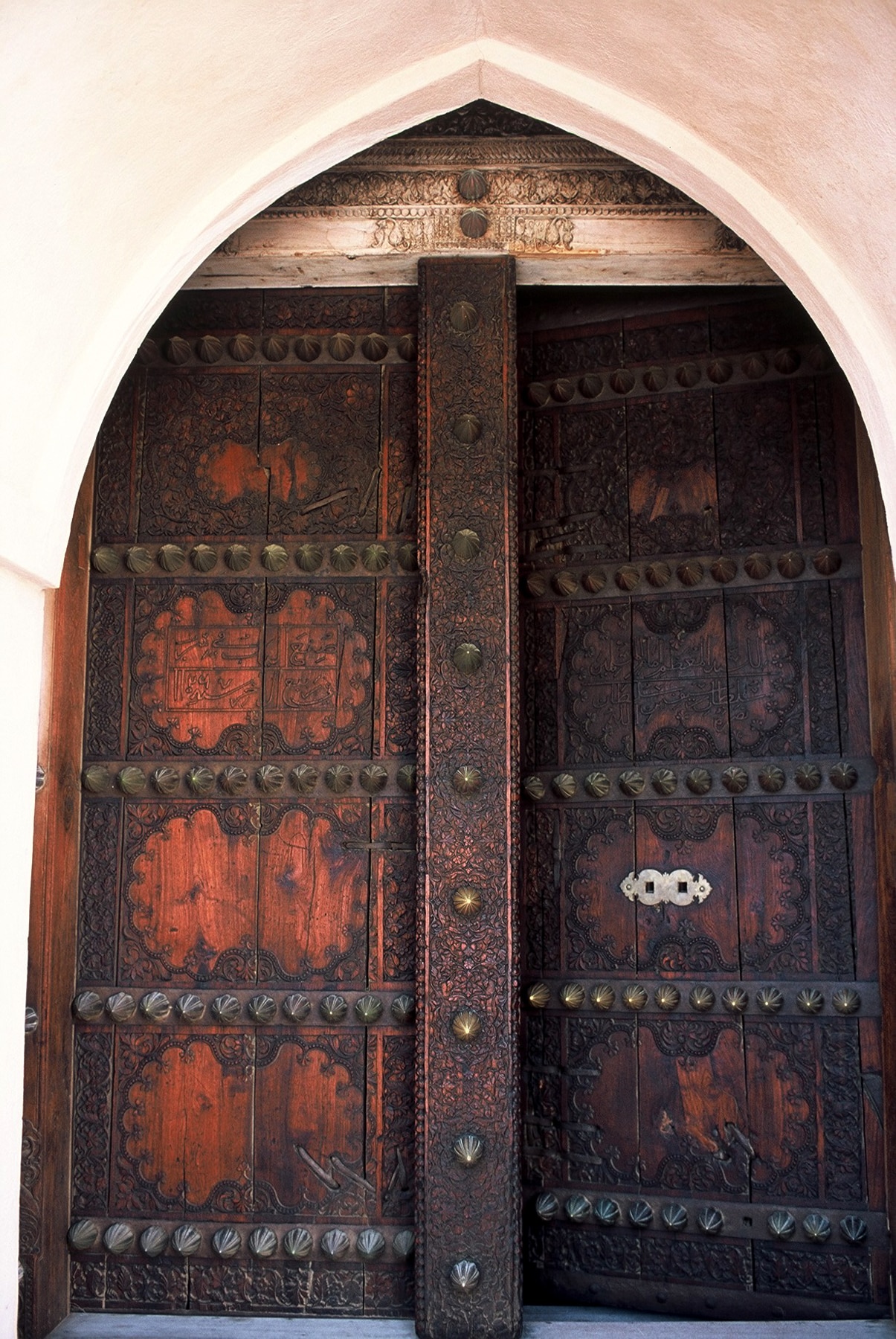
Also read: Muscat | Discover the capital of Oman
5. Lush and Green Landscapes
When you think of Oman, you probably think of desert landscapes. While you will definitely find this landscape here, not all of the country is covered in sand. Northern Oman is home to the Al Hajar Mountains, which have the highest peaks in the country and an almost tropical climate. Due to the high altitude, relatively much rain falls in the surrounding region, which ensures the growth of green vegetation. For example, the local population grows roses and pomegranates.
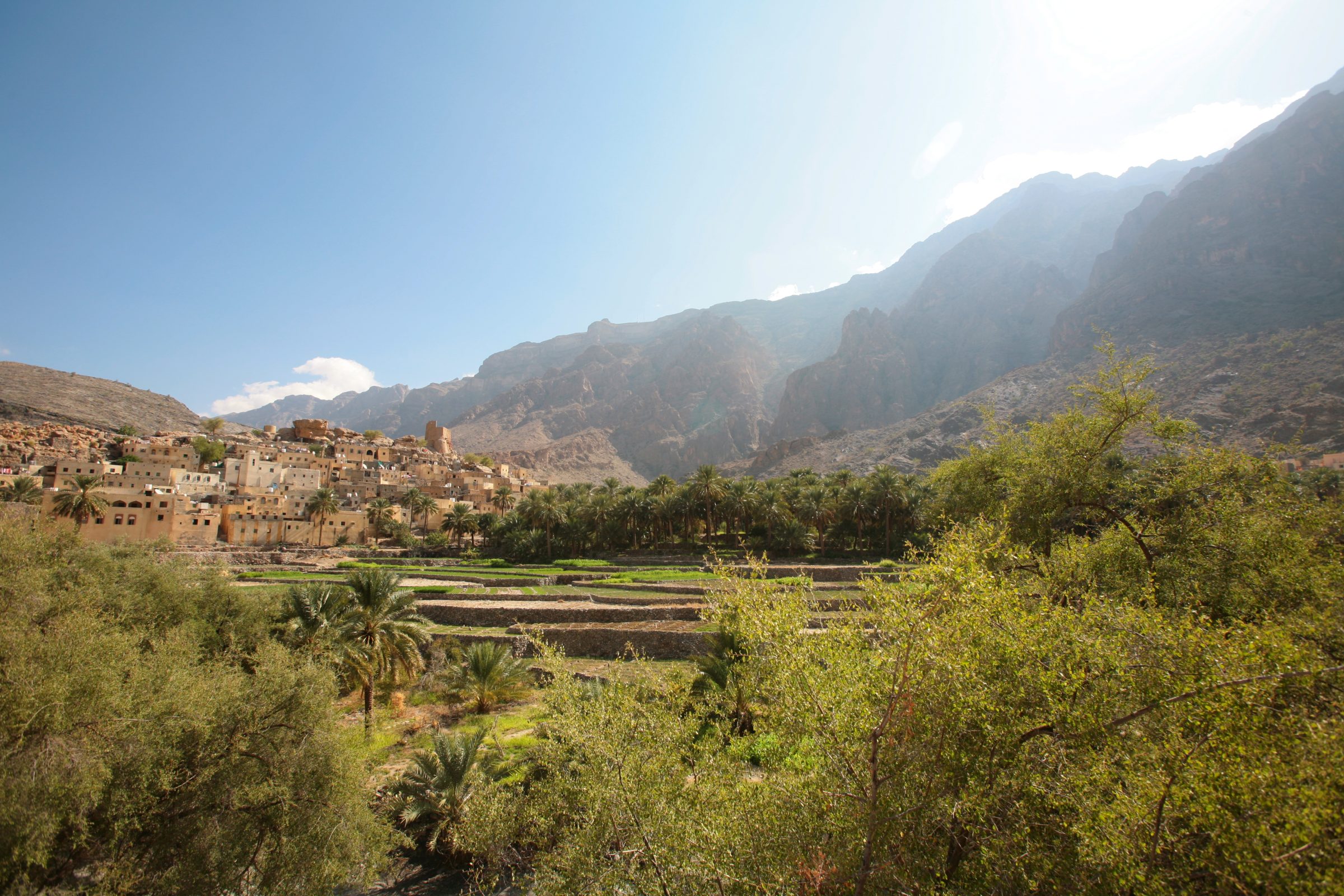
During the summer months, the southern part of the country is characterized by the rainy season, which is called Khareef, in which the monsoon rains pass over the mountains. This makes the landscape lush and green. During these months, locals from all over the Arabian Peninsula flock to the mountains and foothills around Salalah to enjoy the many waterfalls and green wadis.
6. Whitewashed houses and buildings
The abundance of whitewashed houses and buildings can make it difficult to distinguish Omani cities from one another. Everything is whitewashed here and this results in very photogenic places! Did you know that for every other color, permission must first be requested from the government? And then you have to come up with good reasons… It is not for nothing that Oman is known as the land of impeccable beauty.
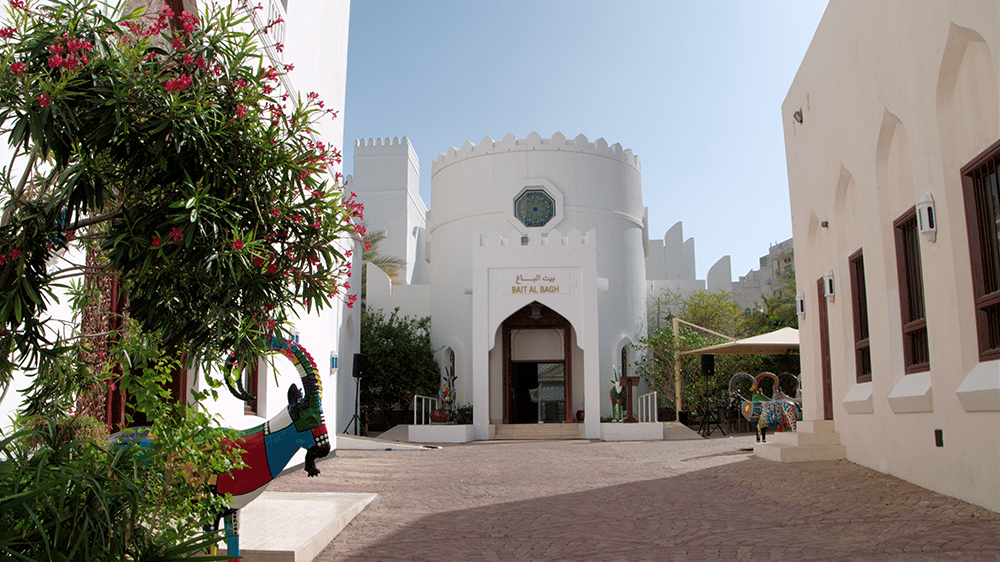
7. Oman is a mecca for bird lovers
Travelers who enjoy nature and bird watching in particular will be pleased to learn that Oman is often referred to as the 'best kept secret when it comes to bird watching'. From native species to birds from these three different continents: Africa, Europe and Asia.
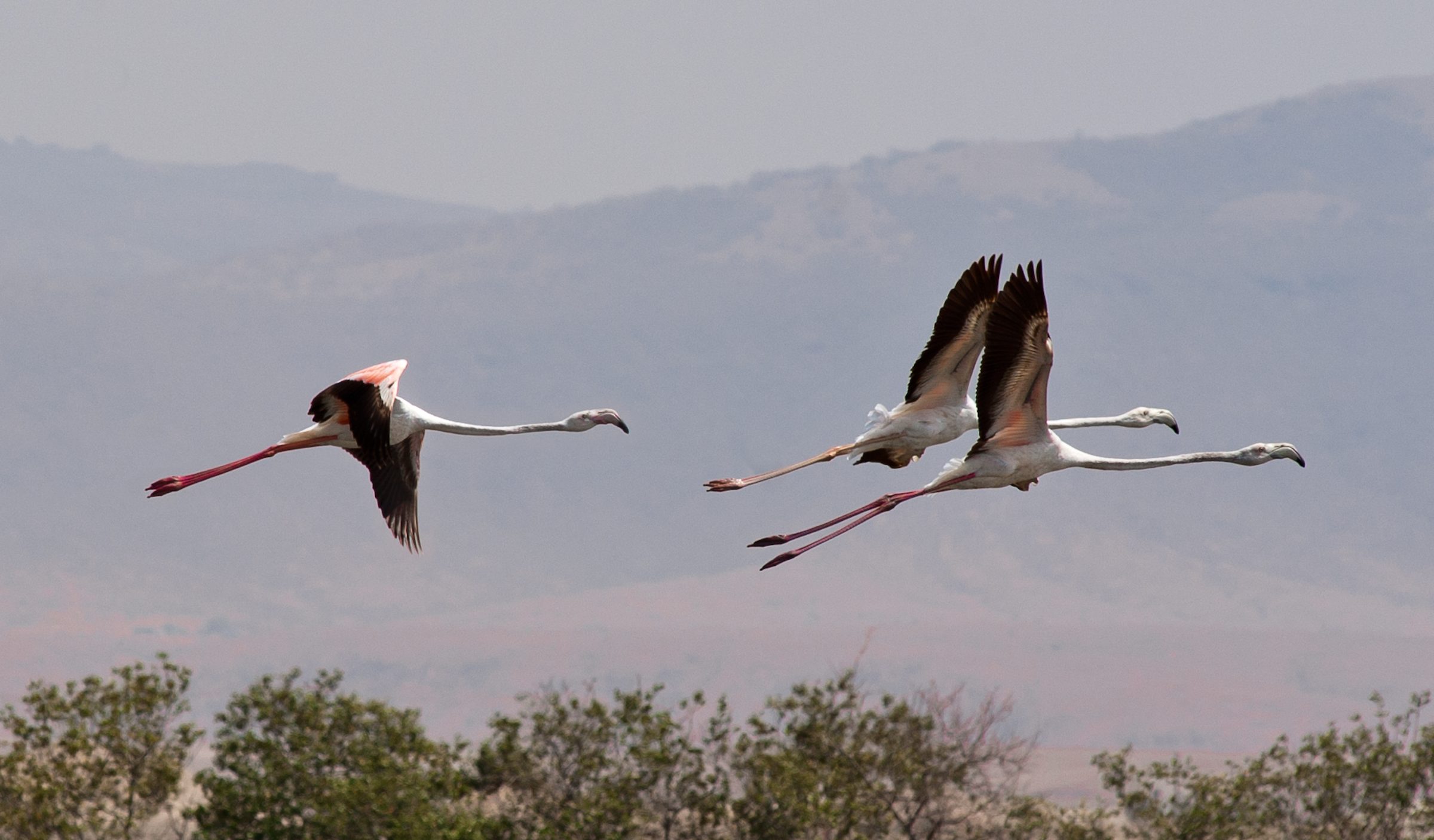
You can do birdwatching in Oman on the numerous beaches, lagoons, at the sources of Dhofar, on the island of Masirah and the Hikman peninsula. Migratory birds are there from late August to November and February to May, and native birds can be seen all winter. Don't forget to bring binoculars!
Also read: Top 10 most Instagrammable places in Oman


